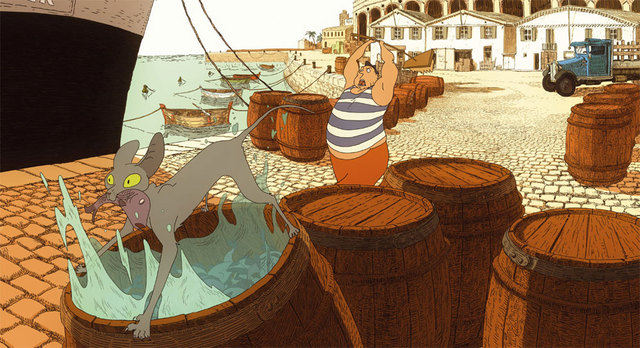Film Review: The Rabbi’s Cat Gives Animated Treatise On Middle Eastern Religion
Arabesque Animated Fable Offers A Feline’s Take On Middle Eastern Religion



Latest Article|September 3, 2020|Free
::Making Grown Men Cry Since 1992


